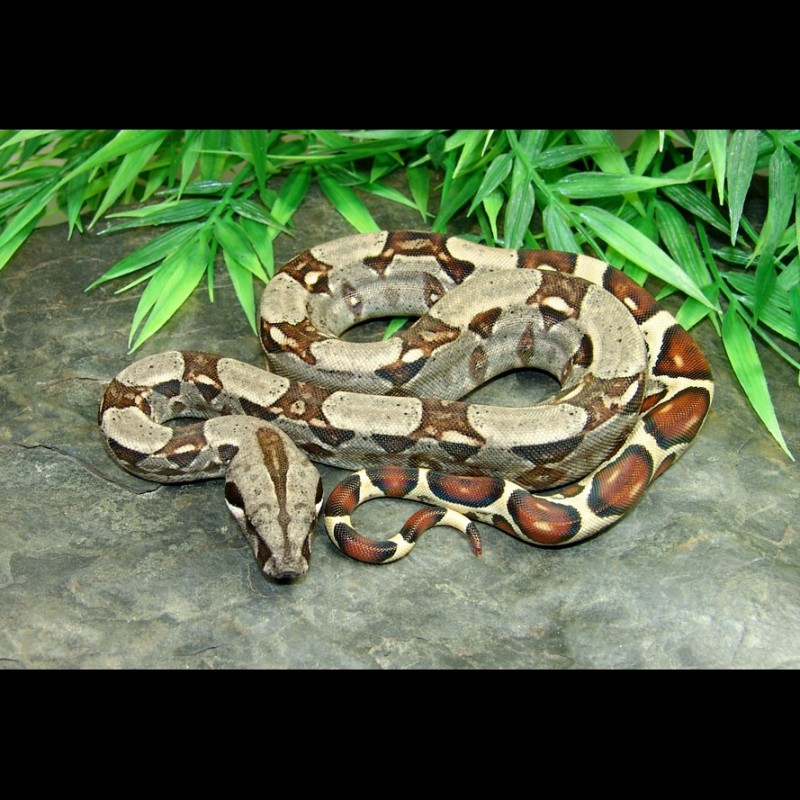

Difficulties in determining maximum size The digestion process takes many days to complete and during this time the anaconda behaves very sluggishly. The windpipe in its mouth allows it to breathe while swallowing its prey. This allows it to swallow prey larger than the size of its head.

The anaconda's jaw bones splay open at the front because they are loosely connected. The eyes are set high on the head, allowing the snake to see out of the water while swimming without exposing its body. The head is narrow compared to the body, usually with distinctive orange-yellow striping on either side. The color pattern consists of an olive green background overlaid with black blotches along the length of the body. In 1937, a specimen shot in Guyana measured 5.9 m (19 ft 4 in) long and weighed 163 kg (359 lb 6 oz). Jesús Antonio Rivas, who had examined more than 1,000 anacondas, was a female 5.21 m (17 ft 1 in) long and weighing 97.5 kg (214 lb 15 oz). The longest and heaviest verified specimen encountered by Dr. Reports of anacondas 11–12 m (35–40 ft) or even longer also exist, but such claims must be regarded with caution, as no specimens of such lengths have ever been deposited in a museum and hard evidence is lacking. Although it is slightly shorter than the reticulated python, it is far bulkier the bulk of a 5.2-metre (17 ft 1 in) green anaconda is comparable to that of a 7.4-metre (24 ft 3 in) reticulated python. It is the largest snake native to the Americas. Weights are less well studied, though reportedly range from 30 to 80 kg (66 to 176 lb) in a typical adult. More typical mature specimens reportedly can range up to 5 m (16 ft 5 in), with adult females, with a mean length of about 4.6 m (15 ft 1 in), being generally much larger than the males, which average around 3 m (9 ft 10 in). The green anaconda is the world's heaviest and one of the world's longest snakes, reaching a length of up to 5.21 m (17 ft 1 in) long. Fossils of the snake date back to the Late Pleistocene in the Gruta do Urso locality. The term " anaconda" often refers to this species, though the term could also apply to other members of the genus Eunectes. Like all boas, it is a non-venomous constrictor. It is the heaviest and one of the longest known extant snake species. The green anaconda ( Eunectes murinus), also known as the giant emerald anaconda, common anaconda, common water boa or sucuri, is a boa species found in South America and the Caribbean island of Trinidad.


 0 kommentar(er)
0 kommentar(er)
